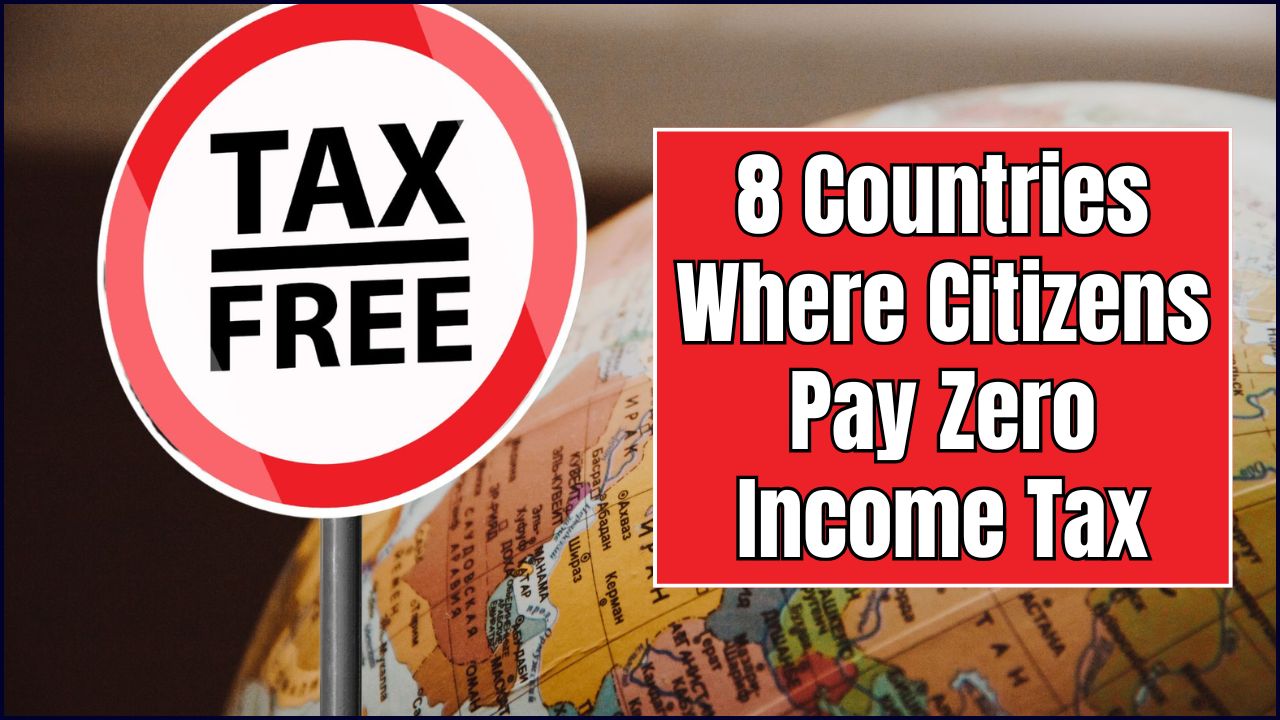New Delhi, September 6, 2025 — The Indian rupee fell to a record low of ₹88.27 against the U.S. dollar on Friday, pressured by fears of fresh American tariffs and sustained foreign investor outflows. The slide prompted intervention by the Reserve Bank of India (RBI) to cap volatility, according to traders.

Why the Rupee Weakened
Tariff Uncertainty
The fall was largely driven by uncertainty surrounding potential U.S. trade measures. Market reports suggested Washington was considering steep tariffs on Indian exports, particularly information technology services and textiles. Analysts warned such measures could weaken India’s export competitiveness and widen its trade deficit.
Capital Outflows
According to Reuters, foreign portfolio investors (FPIs) withdrew $1.4 billion in September alone, bringing total outflows this year to over $16 billion. The withdrawals reflect both global risk aversion and specific concerns about India’s external position.
Speculative Pressure
Market participants noted that speculative trading magnified the rupee’s decline. Rumours of larger-than-expected tariff announcements triggered panic trades that accelerated the downward move, briefly pushing the currency to ₹88.36 during intraday trade.
Central Bank Steps In
The Reserve Bank of India reportedly instructed state-run banks to sell dollars once the exchange rate crossed ₹88.30. This intervention helped stabilise the rupee near the close. However, dealers cautioned that RBI may not have the capacity to defend the currency indefinitely without exhausting foreign exchange reserves.
A senior Mumbai-based currency trader told Reuters, “The RBI is clearly active, but the market’s direction depends more on external shocks than domestic action.”
Implications for the Economy
Inflation Risks
A weaker rupee increases the cost of imported goods, including crude oil, machinery, and chemicals. Economists warn that this could intensify inflationary pressures at a time when consumer prices are already elevated.
Corporate Debt Burden
Companies with large dollar-denominated borrowings face higher repayment costs. This could strain balance sheets, particularly in sectors like aviation, power, and infrastructure.
Trade and Growth Outlook
A depreciating currency can support exporters in theory, but trade benefits may be offset by tariff risks and rising import costs. Economists from MUFG forecast the rupee could weaken further to ₹89 per dollar by early 2026 if tariff concerns remain unresolved.
Global and Domestic Watchpoints
Investors are closely monitoring upcoming U.S. labour market data and potential Federal Reserve policy moves, which could strengthen the dollar further. On the domestic front, markets are watching for signals from the RBI and any clarity from the government on India’s trade negotiations with Washington.
Conclusion
The rupee’s fall to ₹88.27 underscores India’s vulnerability to external shocks, particularly U.S. trade policy and global financial flows. While the RBI can smooth volatility, the broader outlook depends on whether tariff tensions ease and foreign capital flows stabilise. For now, the currency remains under heavy pressure, with implications for inflation, debt, and growth.





